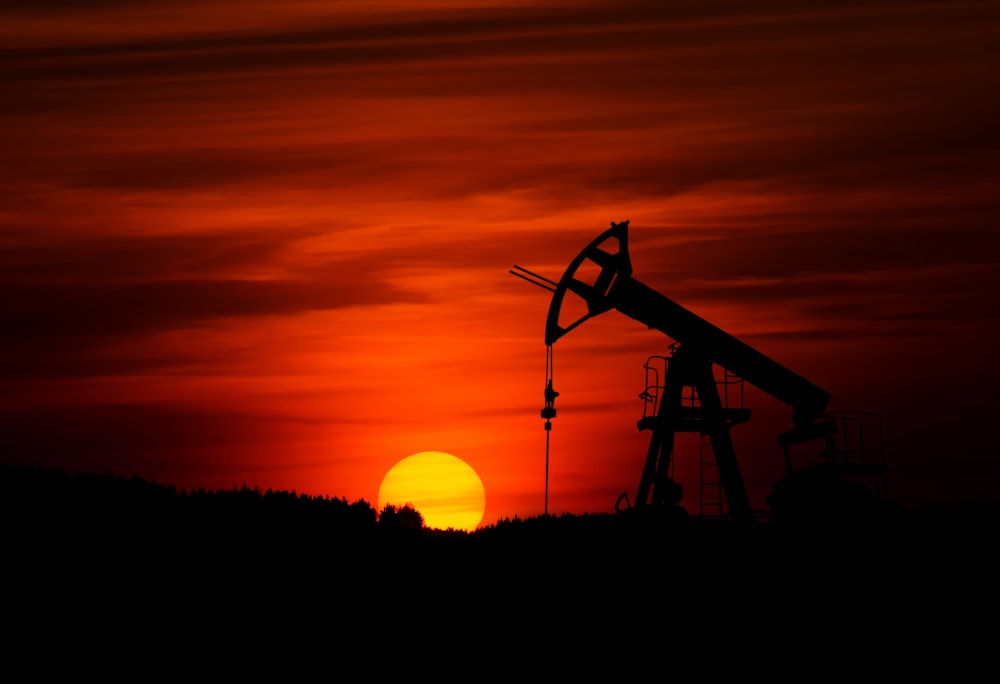No Fooling - The Energy Report
Image Source: Unsplash
Oil prices settled at a 5-week breaker. No, it’s not an April fool’s joke! I am not kidding! Oil got hit with a reality check and while President Trump talks of secondary tariffs on Russia and his threat to bomb Iran, the reality was a report about supply and demand and that really mattered.
The market made its move after data from the Energy Information Administration (EIA) showed that US oil demand was much stronger than they previously reported, and U.S. oil production was much lower than they previously reported. In other words, the EIA had to get in line with what we have been seeing all along. Was the EIA playing a joke on us when they underreported demand and overestimated supply? Well, I’ll pick up my guitar and play, just like yesterday, then I’ll get on my knees and pray, We don’t get fooled again.
U.S. oil demand is surging, hitting 20.736 million barrels a day which is up a whopping 5.9% a year ago while U.S. oil production is faltering as crude oil production from Texas hit the lowest level since 2024. U.S. crude oil production fell by 305,000 barrels per day to 13.15 million bpd in January, the lowest level since February 2024.
And if you’re wondering why drill baby drill is working it’s because the prices of oil have been too low due to government manipulation with releases from the Strategic Petroleum Reserve that distorted the market and kept prices artificially low thereby reducing the incentive for producers to make investments to keep the oil supplies flowing. The distortion in the market has made oil producers reticent to increase production even as U.S. oil inventories are tight and it’s very clear right now that we’re heading into a supply deficit. The EIA showed that US petroleum inventories (crude, SPR, refined products) fell by a massive 25.058 million barrels last month 1,605.857mb.
The increase in oil and product prices is due to supply and demand factors. Historically, prices were undervalued, possibly by around $10 for crude oil. Considering the geopolitical risks and strong market results, we may have significant potential despite facing resistance near current highs.
According to the Moore Research we’re right in the sweet spot for rallies for this market from a seasonal viewpoint. Analysis of historical data reveals that August crude futures have experienced an average increase of over $3 per barrel during the period from March 29th to April 14th in 14 out of the last 15 years. Similarly, for August heating oil, prices have risen 13 out of the past 15 years during the same period, resulting in an average profit of $3093. Furthermore, RBOB prices have increased in 14 out of the last 15 years between March 30th and April 15th. This indicates that the market often begins to move in a seasonal direction almost predictably. Research by Moore indicates that natural gas futures have increased between March 30th and May 20th in 13 out of the past 15 years.
John Kemp Energy reported that, “U.S. gasoline demand increased to 8.5 million barrels per day in January, up from 8.2 million b/d in the same month a year earlier, when it was depressed by Winter Storm Heather.
The EIA also reported that U.S. natural gas consumption set new winter and summer monthly records in 2024.
EIA said gas consumption averaged a record 90.3 billion cubic feet per day (Bcf/d) U.S. consumption last year increased 1% (0.9 Bcf/d) from 2023. In January, natural gas consumption was up 12% (12.5 Bcf/d) compared with January 2023 consumption, and in July, consumption increased by 3% (2.5 Bcf/d) compared with July 2023. This is why we need to hedged for upside risk.
The EIA said that, “Weather has a significant effect on natural gas consumption patterns. Natural gas consumption peaks in the United States in both the winter and summer. In winter, the most natural gas is consumed in January or February, when demand for space heating in the residential and commercial sectors peaks. In the summer, electricity generation increases in July and August to meet air-conditioning demand, driving more natural gas consumption.
Secretary Chris Wright on X said that that the volume of natural gas in its liquid state is about 600 times smaller than its volume in its gaseous state, making it possible to transport natural gas to places pipelines do not reach. That is why our work on LNG is so crucial! We throw around ‘LNG’ a lot over here @Energy, but what is LNG? Liquefied natural gas (LNG) is natural gas that has been cooled to a liquid state, at about -260° Fahrenheit, for shipping and storage. This gas is then exported to our allies around the world, bolstering America’s Energy Dominance.”
With colder temperatures, natural gas prices have risen above $4.00, creating a supply squeeze not seen in some time. Despite concerns about higher prices due to US LNG exports, we will still have some of the lowest natural gas prices globally, giving us a competitive edge in manufacturing. Therefore, it is crucial for the Trump Administration to continue efforts to revive US manufacturing. It’s going to be good for the globe because of the United States historically low energy prices compared to other countries. Natural gas prices still will be driven by the weather so make sure you keep an eye on that as well. So Don’t Get Fooled again!
More By This Author:
Finding Your Safe Haven - Manic Metals Report
Precious Moments - Manic Metals Report
More Evidence - The Energy Report




